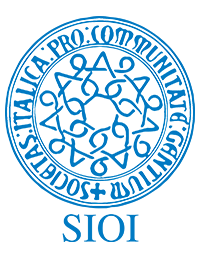The economic policy–making community is in the midst of a heated debate that may seem irrelevant and confusing to the general public: what is the real rate of inflation, and is it heading permanently higher? While the topic is dry, its resolution is of critical importance. Depending on the answer, mortgage costs could rise, stock prices could become more volatile, and the U.S. economy’s recent torrid growth could slow significantly. Policymakers, economists, and financial analysts will certainly be watching incoming data closely.
Taking all of this into account, Federal Reserve policymakers have consistently said they will be patient before raising interest rates, and that they see any spikes in inflation above the acceptable range as being purely transitory—the result of temporary bottlenecks as the U.S. economy reopens after the pandemic-induced shutdown.
These concerned thinkers present several arguments. First, they argue that the Fed’s measurement tools do not accurately reflect what consumers are purchasing. Their concern is that, as the economy reopens, consumers are ramping up spending on certain goods and services, such as gasoline, leisure travel, and hospitality, where prices are rising more rapidly than in the economy overall. In short, official statistics are understating the inflation that consumers are experiencing. As these price increases are felt, they will push consumers to expect even higher inflation and thus demand higher wages, kicking off a vicious inflation spiral.
Finally, they argue that the level of government stimulus and the cash available to consumers from savings, government support checks, and increased wages means that demand will drive up prices (i.e., inflation) for years to come.
The bottom line is that there is little consensus about the path of inflation in the United States for the next several years. With such a wide range of potential outcomes, each supported by reasoned analysis, the entire economics profession—including policymakers at the Federal Reserve itself—should be on high alert.
What does this mean for other countries?
If the Federal Reserve is wrong in its view that the current uptick in inflation is transitory, and if its critics are right that the Fed is behind the curve, the rest of the world will not go unscathed. A rapid rise in U.S. interest rates will result in a U.S. dollar that is more attractive relative to other currencies. In turn, other countries, particularly emerging economies, will likely experience a rapid outflow of capital back to U.S. markets as investors seek higher returns. Such capital outflows will likely result in financial market volatility in these countries, with an increased risk of higher interest rates, slower growth, and even recession.
Additionally, for those economies that have issued debt in U.S. dollars, it will become more challenging to pay it back. This is true for both private borrowers as well as official (or government) borrowers. It is not an exaggeration to say that the whole world is watching and wants to know the answer to the question: How much is too much?



